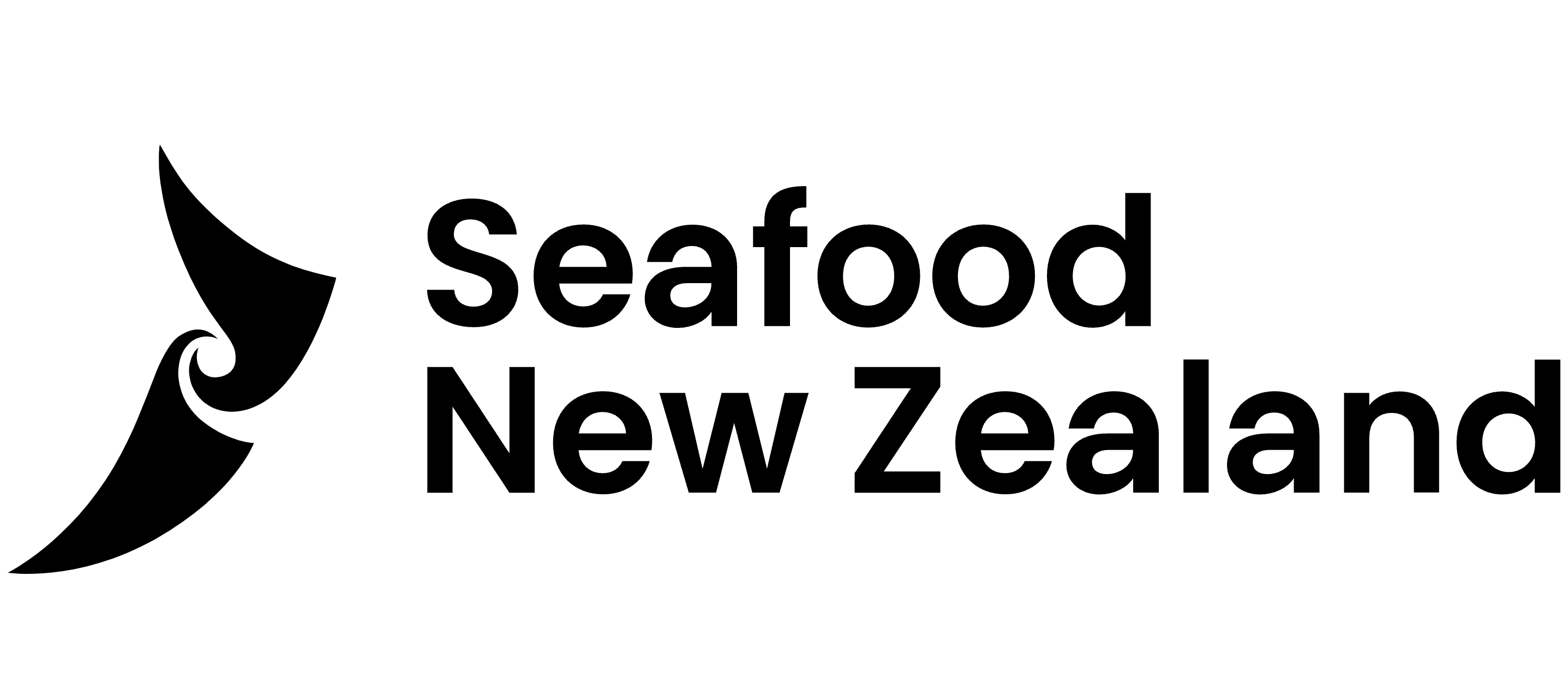February 16, 2017
Deepwater Group welcomes Kermadec
research
The discoveries of new species made by NIWA
on a 20-day scientific voyage to the remote Kermadec region
have been welcomed by deep sea fishers, who encourage
further scientific exploration of this vast untouched ocean
northeast of New Zealand.
George Clement, Chief Executive of Deepwater Group, said industry has long recognised the conservation values of this large area, untouched by human activities.
There is full marine reserve status out to 12 miles around the Kermadec Islands and, in 2007, the New Zealand Government created a marine protected area across the whole 200 mile zone around the Kermadec Islands – one that prohibits bottom trawling and dredging in order to ensure the seabed ecosystems remain untouched.
“This has resulted in a pristine area that will continue to yield fascinating new discoveries for science and we welcome that,” Clement said.
At present, the only fishing activities permitted in this huge area are longline, trolling and purse seining – methods which catch transitory species which seasonally migrate through this region and do not impact on the seabed.
This marine protected area, called a Benthic Protection Area, is one of several large areas closed by law to protect a representative range of the marine biodiversity found on the seabed of New Zealand’s EEZ. These closed areas were selected, using the best available science, to protect at least 10 percent of each of the Marine Environment Classification types found in New Zealand waters.
These marine protected areas are recognised by the international community, including the IUCN, as contributing to global marine protection.
“In total, 31 percent of the seabed within New Zealand’s EEZ is now closed to protect marine biodiversity – that’s an area around four times New Zealand’s landmass,” said Clement.
“The Benthic Protection Areas also protect 52 percent of known seamounts, which are underwater mountains over 1,000 m in height, and 88 percent of active hydrothermal vents.
“The Seafood Industry supports these marine protected areas. We look forward to seeing the Government supporting more extensive scientific exploration of New Zealand’s large marine zone, particularly to establish the biodiversity protected within marine protected areas and elsewhere,” Clement said.
ends



 Bill Bennett: Download Weekly - Review Of 2024
Bill Bennett: Download Weekly - Review Of 2024 Bill Bennett: One NZ scores worldwide first as Starlink direct-to-mobile launches
Bill Bennett: One NZ scores worldwide first as Starlink direct-to-mobile launches Hugh Grant: How To Reduce Network Bottlenecks
Hugh Grant: How To Reduce Network Bottlenecks Dominion Road Business Association: Auckland Transport's 'Bus To The Mall' Campaign: A Misuse Of Public Funds And A Blow To Local Businesses
Dominion Road Business Association: Auckland Transport's 'Bus To The Mall' Campaign: A Misuse Of Public Funds And A Blow To Local Businesses Parrot Analytics: A Very Parrot Analytics Christmas, 2024 Edition
Parrot Analytics: A Very Parrot Analytics Christmas, 2024 Edition Financial Markets Authority: Individual Pleads Guilty To Insider Trading Charges
Financial Markets Authority: Individual Pleads Guilty To Insider Trading Charges



